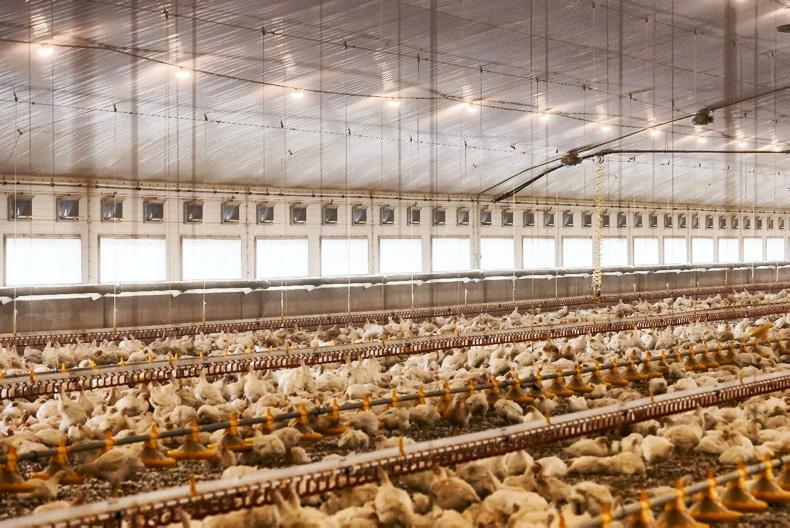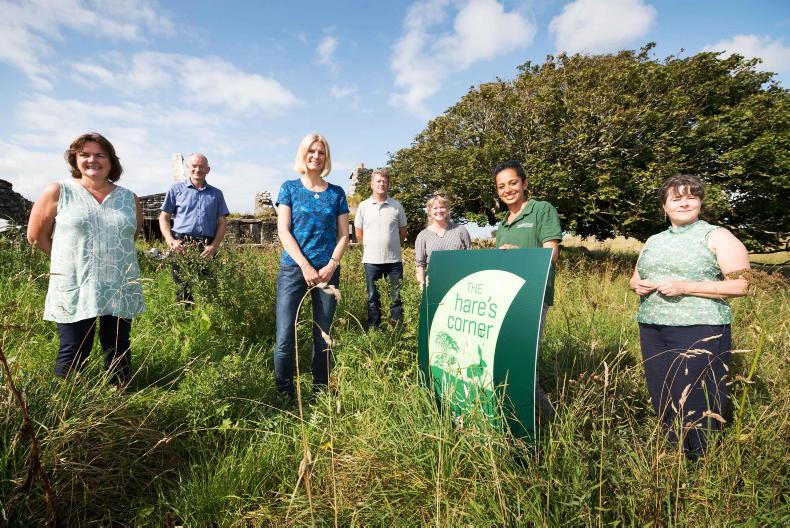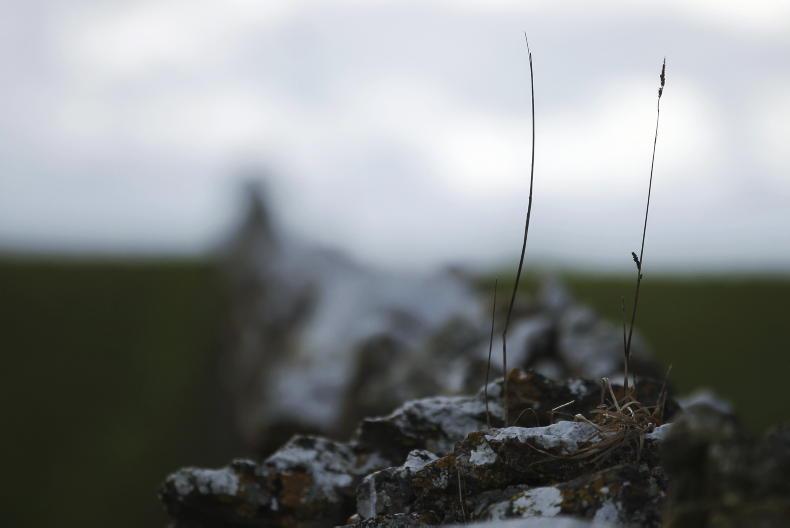When it comes to the Green Low-carbon Agri-Environmental Scheme (GLAS), the Department has carried out several evaluations over the past two years as to how successful certain actions have been.
Some of these were phone-call evaluations to see if actions had been implemented, while others were field-based evaluations. Two of the big-ticket items in GLAS included low input permanent pasture (LIPP) and wild bird cover (WBC).
In general, LIPP scored well against the majority of evaluation criteria, according to the Baseline analysis of actions under GLAS report.
Farmers had complied well with vegetation management criteria; the land was grazed, stock-proof parcels and no topping visible on the majority of sites. However, there were issues with scrub or bracken encroachment on 11 out of the 30 sites surveyed, or 37% of sites.
The report also outlines that wildflower levels are unlikely to improve during the course of the scheme due to management practices for LIPP
There were also issues with grass species, with 23% not supporting four or more species. Rank grass is a cause for concern, with 40% of sites examined having unacceptable levels of rank grasses.
This would indicate that these fields were not being grazed regularly, if at all. Rank grass will generally surpress the growth and diversity of the sward and may have been a factor in only nine of the 30 sites meeting the criteria for greater than 20% cover of wildflowers.
The report also outlines that wildflower levels are unlikely to improve during the course of the scheme due to management practices for LIPP.
The results for WBC were mixed. Only 33% of the sites surveyed had at least 50% of the correct species present. A number of the planted species were rather sparse and on a small number of sites, only single species had properly established.
The results of the species used seem to come into conflict with how many birds were present. The median number of birds present on the 30 sites surveyed was 36, with the report outlining that the management appears to be working well.
The two sites that supported at least 200 birds had relatively low scores on the percentage of correct crop species present. This would leave open to question as to how effective using the desired species has been.










SHARING OPTIONS